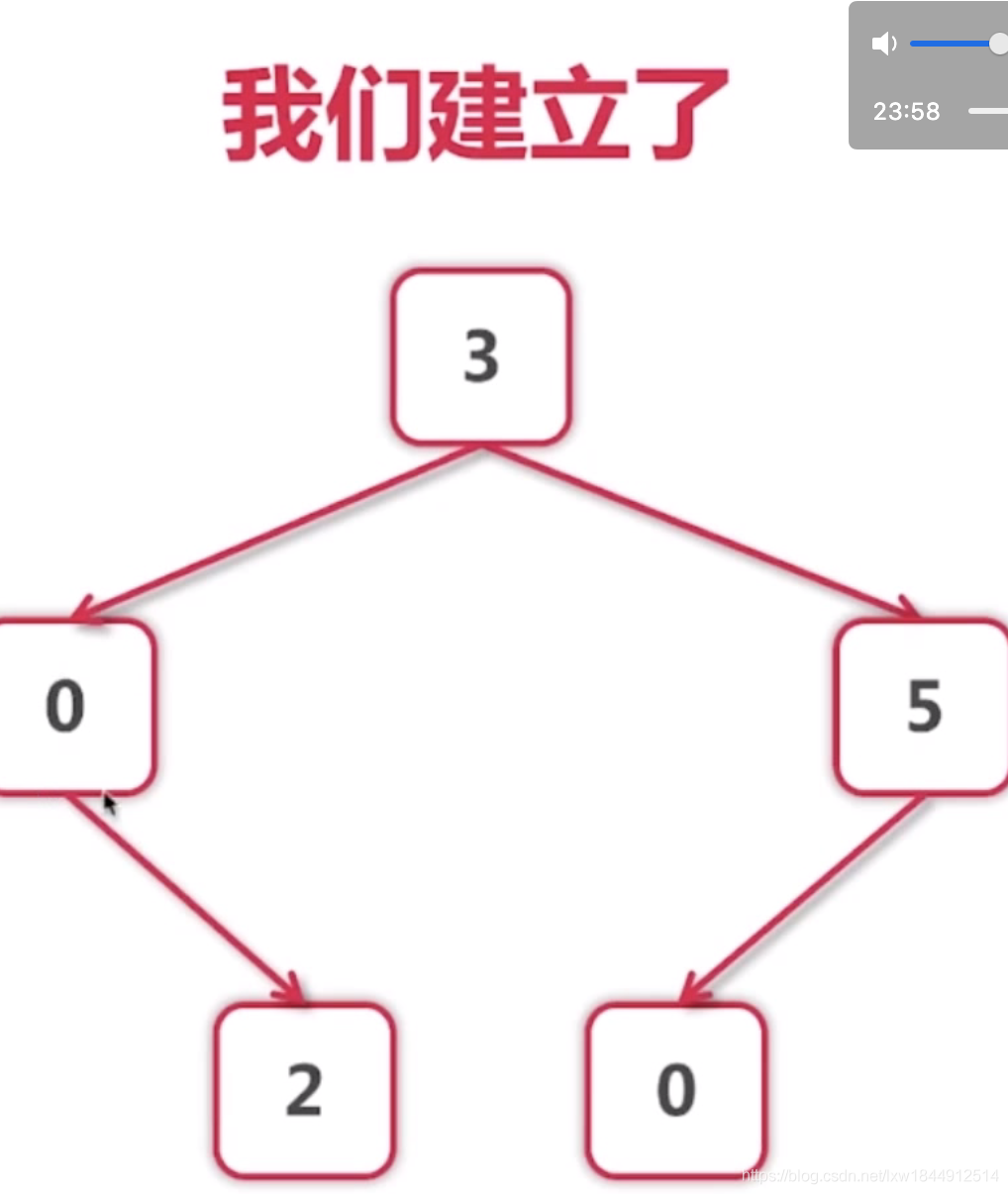Google资深工程师深度讲解Go语言--面向对象(四)
一.结构体和方法
面向对象
- go语言仅支持封装,不支持继承和多态
- go语言没有class,只有struct结构体
结构的创建
- 不论地址还是结构本身,一律使用.(点)来访问成员
- 使用自定义工厂函数
- 注意返回了局部变量的地址
- go语言没有构造函数
结构创建在堆上?栈上: 不需要知道 垃圾回收
使用指针作为方法接受者
- 只有使用指针才可以改变结构内容
- nil指针也可以调用方法
值接受者vs指针接受者
- 要改变内容必须使用指针接受者
- 结构过大也考虑使用指针接受者
- 一致性:如有指针接受者,做好都是指针接受者(建议)
- 值接受者是go语言特有,指针接受者其他语言都有
- 值/指针接受者均可接受值/指针

package main
import "fmt"
type treeNode struct {
value int
left, right *treeNode //指针
}
//自定义工厂函数
func createNode(value int) *treeNode {
return &treeNode{value: value} //返回局部变量的地址
}
/**
go语言所有参数传值
为结构定义方法
显示定义和命名方法接受者
*/
//值接受
func (node treeNode) print() {
fmt.Print(node.value," ")
}
//指针接受
func (node *treeNode) setValue(value int) {
if node==nil {
fmt.Println("setting value to nil node ")
return
}
node.value = value
}
//子树遍历
//中式遍历:先左再中再右
func (node *treeNode)traverse() {
if node==nil {
return
}
node.left.traverse()
node.print()
node.right.traverse()
}
func main() {
var root treeNode
root = treeNode{value: 3}
root.left = &treeNode{} //左子树 取地址
root.right = &treeNode{5, nil, nil} //右子树
root.right.left = new(treeNode)
//fmt.Println(root)
root.left.right = createNode(2)
root.right.left.setValue(4)
root.right.left.print()
fmt.Println()
//root.print()
//root.setValue(100)
//
//var pRoot *treeNode
//pRoot.setValue(200)
//pRoot=&root
//pRoot.setValue(300)
//pRoot.print()
fmt.Println()
root.traverse()//0 2 3 4 5
//pRoot:=&root
//pRoot.print()
//pRoot.setValue(200)
//pRoot.print()
/*nodes:=[]treeNode{
{value:3},
{},
{6,nil,&root},
}
fmt.Println(nodes)*/
}
二,包和封装
针对包来说
- 名字一般使用CamelCase
- 首字母大写:public 公有
- 首字母小写:private 私有
包:
- 每个目录一个包
- main包包含可执行入口(main 函数)
- 为结构定义的方法必须放在同一个包内
- 可以是不同的文件
package main
import "fmt"
func main() {
//one:=0
one,two:=1,2
one,two=two,one //交换变量值
fmt.Println(one,two)
}
如何扩充系统类型或者别人的类型
- 定义别名
- 使用组合
queue.go
package queue
type Queue []int
func (q *Queue) Push(v int) {
*q = append(*q, v)
}
func (q *Queue) Pop() int {
head := (*q)[0]
*q = (*q)[1:]
return head
}
func (q *Queue) IsEmpty() bool {
return len(*q) == 0
}
mian.go 文件
package main
import (
"../../queue"
"fmt"
)
func main() {
q := queue.Queue{1} //队列先进先出
q.Push(2)
q.Push(3)
fmt.Println(q.Pop()) //1
fmt.Println(q.Pop()) //2
fmt.Println(q.IsEmpty()) //false
fmt.Println(q.Pop()) //3
fmt.Println(q.IsEmpty()) //true
}
四.gopath环境变量
- 默认在~/go(unix,linux),%userprofile%\go(windows):
- 例如GOROOT=/usr/local/go #gosetup GOPATH=/Users/liutao/go #gosetup
- 官方推荐:所有项目和第三方库都放在同一个gopath下
- 也可以将每个项目放在不同的gopath

赞赏码


非学,无以致疑;非问,无以广识



